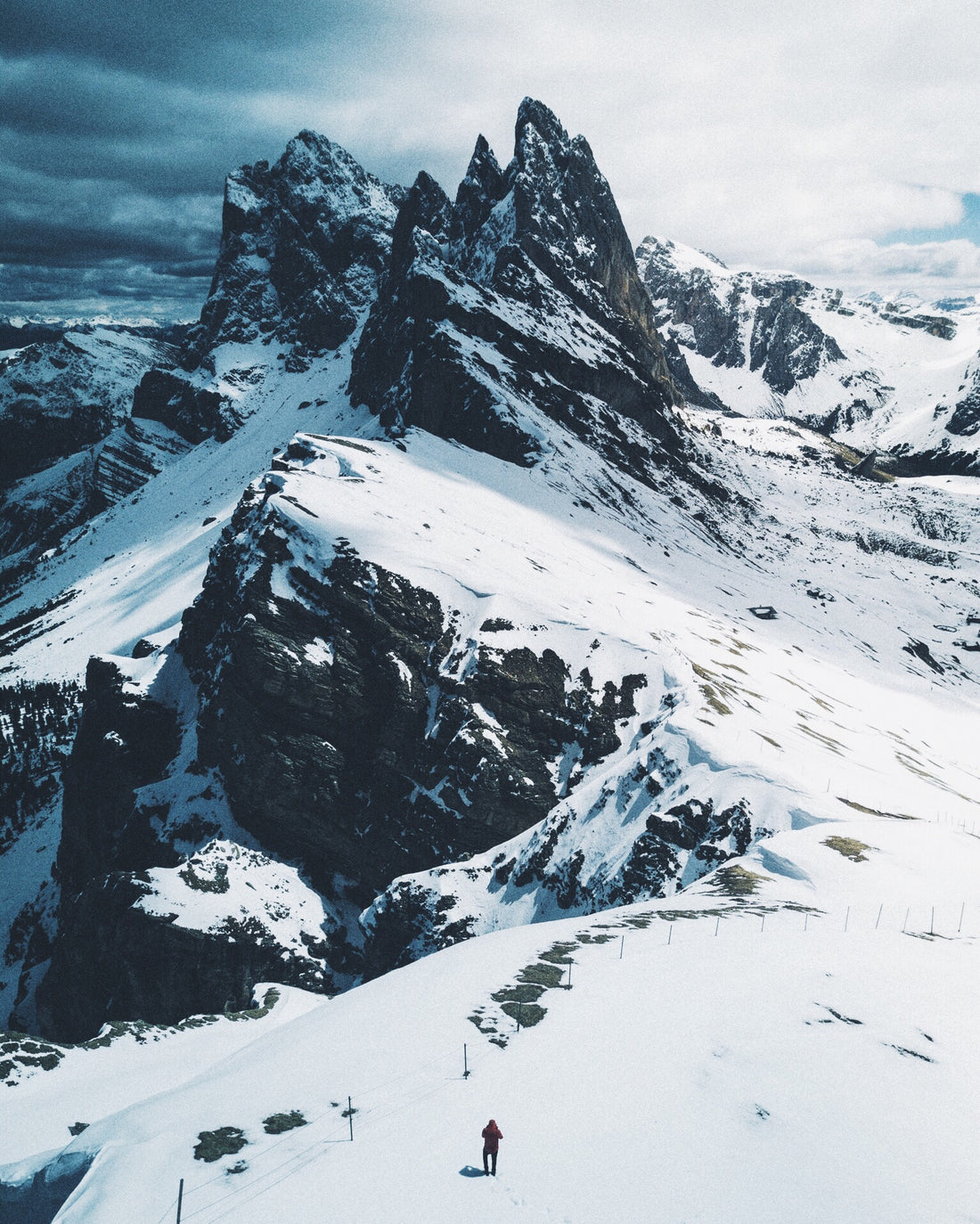
Avаlаnсhе Safety and Facts
Share

If it’s a slide of snow that is able to begin from a point while it gathers speed and volume on its way, then it is an Avalanche. There is snow, air, and perhaps ice, trees, rocks, as well as other debris or objects coming its way in its mass. They seem terrific and are quite hazardous. The highest speed observed in some avalanches is about 175 miles per hour.
There is spontaneous emergence of avalanche when there is a storm that brings about numerous snowfalls. This leads to an increased load; however, it is possible to have it when there are changes in snowpack like melting, rock fall and commonly a fellow rider. It is noteworthy that many of the avalanches that occur in recreational areas are likely from the activities of the people.
Consider Visiting: https://avalanche.org/
The following are facts about avalanche.
- Its occurrence is due to the collapse of snow layers followed by sliding downhill
- The four factors that contribute to the occurrence of avalanches include a snow cover, a steep slope, a layer that is weak in the snow cover, and a trigger
- It can be necessary to reroute roads and rail pathways for risk reductions
- It is possible to have the triggering of safe avalanches in hazardous snow packs
- The speed of avalanches can reach 90 km/h
- When people are buried in avalanches, just one of three individuals is found alive after one hour. Suffocation, wounds, and hypothermia cause death the most.
Some points on avalanche safety.
- You should take a safety course on avalanche if you plan to travel in backcountry
- Don’t travel in backcountry alone, go in a group and make sure you have an experienced group leader. Don’t leave your group; stay with them
- There can be a sign with the inscription “Avalanche Area – Do Not Stop”. Do not ignore such sign
- Be careful while driving in avalanche areas as it is possible to get to the road without warning
- Do not ignore road closures. This is because control work is sometimes carried out using explosives when the avalanche danger is high
- Stay in your car and apply seatbelts in a situation whereby an avalanche blocks the highway; then wait for assistance. Consider driving to a safe area
- Listen to your instinct when it comes to riding. Don’t ride outside of your limit. That is, don’t expose yourself to hazardous situation that you cannot handle
- Obtain essential tools; beacon, probe, shovel…as they can save you or anyone around you. You can obtain them through package deals.
- Don’t attempt to drive through even small avalanches
Many of us love the great features provided by the backcountry. You should utilize these tips to have broad knowledge about avalanches for safe enjoyment.